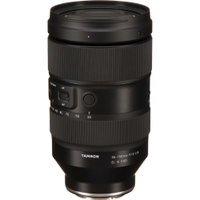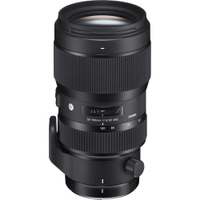Digital Camera World Verdict
I really like the Sony FE 50-150mm f/2 G Master. Sure, it’s a big, heavy lens that dwarfs Sony Alpha mirrorless bodies, but the sumptuous image quality, spectacular all-round performance and epic build quality make it worth the weight. The only sticking point is the asking price, which puts it beyond the reach of most of us.
Pros
- +
Fast and constant f/2 aperture
- +
Stunningly sharp
- +
Beautiful bokeh
- +
Super-speedy autofocus
Cons
- -
Big and heavy
- -
Limited telephoto reach
- -
No optical stabilization
- -
Massively expensive
Why you can trust Digital Camera World
Sony G Master lenses have earned an excellent reputation for image quality and all-around performance since they emerged as Sony’s top-tier glass back in 2016. Nearly 10 years down the line, some of the originals have been reinvented in Mark II versions, but the 50-150mm is something altogether new and different. Indeed, it’s a world's first with its combination of zoom range and aperture rating. So what’s the big deal?
Well, 70-200mm f/2.8 ‘trinity’ telephoto zoom lenses are firm favorites with many photographers, especially those shooting weddings and events, where the versatility of this kind of lens really comes up trumps. Naturally, the 50-150mm is a whole f/stop faster, able to deliver a tighter depth of field at all correlating focal lengths.
Sony is keen to point out that the lens sets a whole new agenda but I’ve seen something a bit similar in the shape of the Tamron 35-150mm f/2-2.8 Di III VXD. The Tamron lens is available in Nikon Z mount as well as in Sony E mount. While it’s widest aperture shrinks from f/2 to f/2.8 as you extend through the zoom range, the Tamron delivers a greater maximum viewing angle.
Indeed, you could argue that the 35-150mm zoom range is an even better fit as one of the best lenses for wedding and event photography, more able to capture group shots as well as portraits of individuals and couples. It picks up the baton from the older, slower and now obsolete Tamron 35-150mm f/2.8-4 Di VC OSD for Canon and Nikon DSLRs. And for APS-C format DSLRs of the same makes, there’s also the properly fast Sigma 50-100mm f/1.8 DC HSM | A.
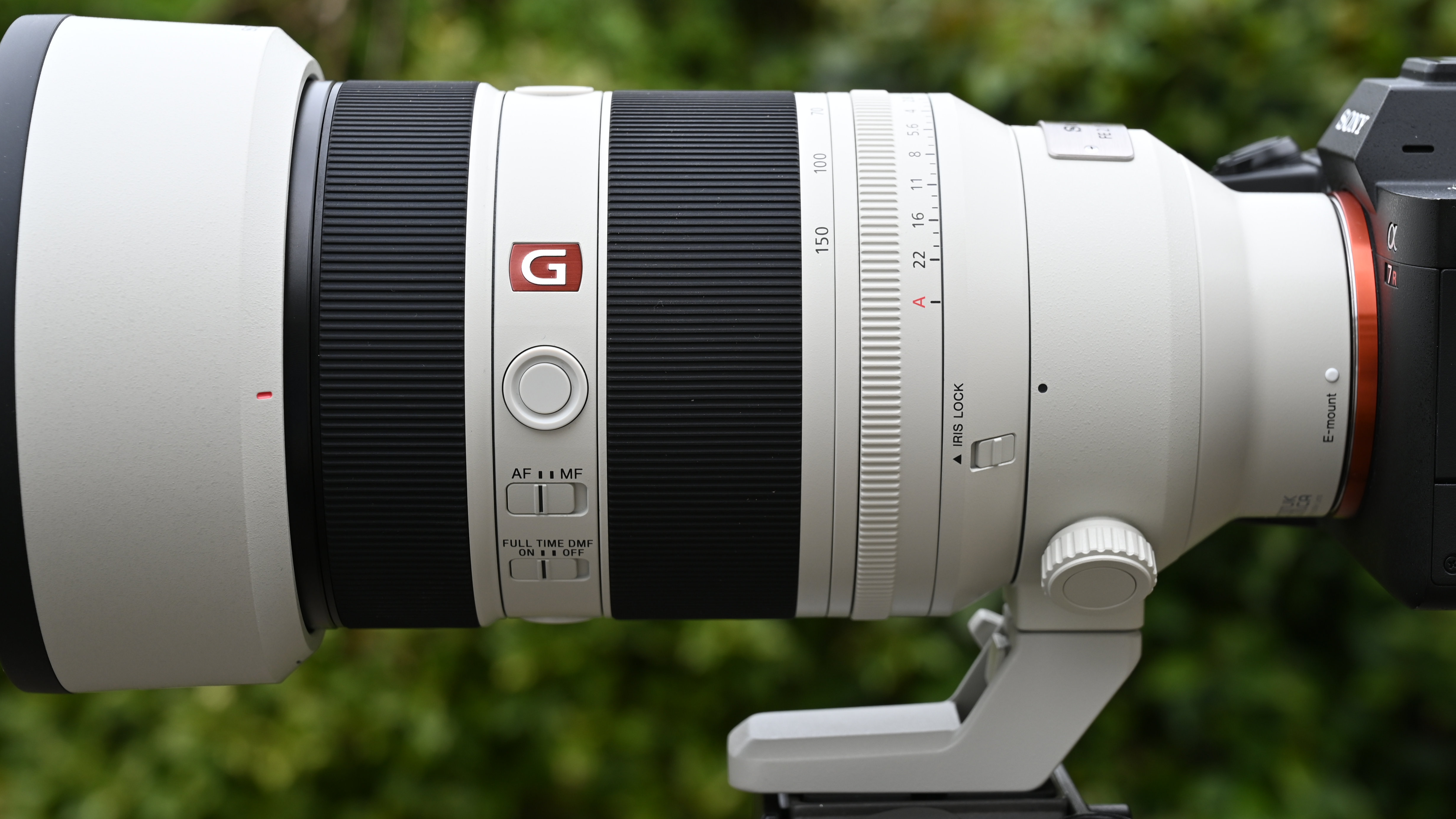
Sony FE 50-150mm f/2 G Master: Specifications
Mount options | Sony E (FE) |
Lens construction | 19 elements in 17 groups |
Diaphragm blades | 11 |
Minimum aperture | f/22 |
Minimum focus distance | 1.3' / 40 cm (Wide) to 2.3' / 70 cm (Tele) |
Maximum magnification | 0.2x |
Filter size | 95mm |
Dimensions | 200mm x 102.8mm / 4 x 7.9" |
Weight | 1340g / 2.9 lb |
Sony FE 50-150mm f/2 G Master: Price
On the face of it, the Sony 50-150mm looks fiendishly expensive, with a price tag of $3,900 / £3,800. It follows on neatly from the not-so-standard Sony FE 28-75mm f/2 G Master standard zoom, which again has a constant f/2 aperture rating and comes in at a more ‘affordable’ $2,898 / £2,749.
A more closely competing lens to the 50-150mm is the Tamron 35-150mm f/2-2.8 Di III VXD, which seriously undercuts both Sony lenses for price, at $1,799 / £1,699. Some might say that the Sony 50-150mm effectively replaces three prime lenses with focal lengths of 50mm, 85mm and 135mm (or thereabouts), with a less expensive purchase price than all three put together. However, the G Master primes are all faster, at 50mm f/1.2 or 50mm f/1.4, 85mm F/1.4 and 135mm f/1.8 – naturally, there’s only a third of an f/stop difference in the last case.
Sony FE 50-150mm f/2 G Master: Design & Handling
The no-expense-spared design and build of the FE 50-150mm is entirely in keeping with the market sector at which it’s aimed – that of high-ranking professional photographers with deep pockets. There’s no getting away from the fact that it’s a big, heavy lens, but it’s a feast for the fingers, with handling exotica aplenty. Let’s start at the back and work our way forwards.
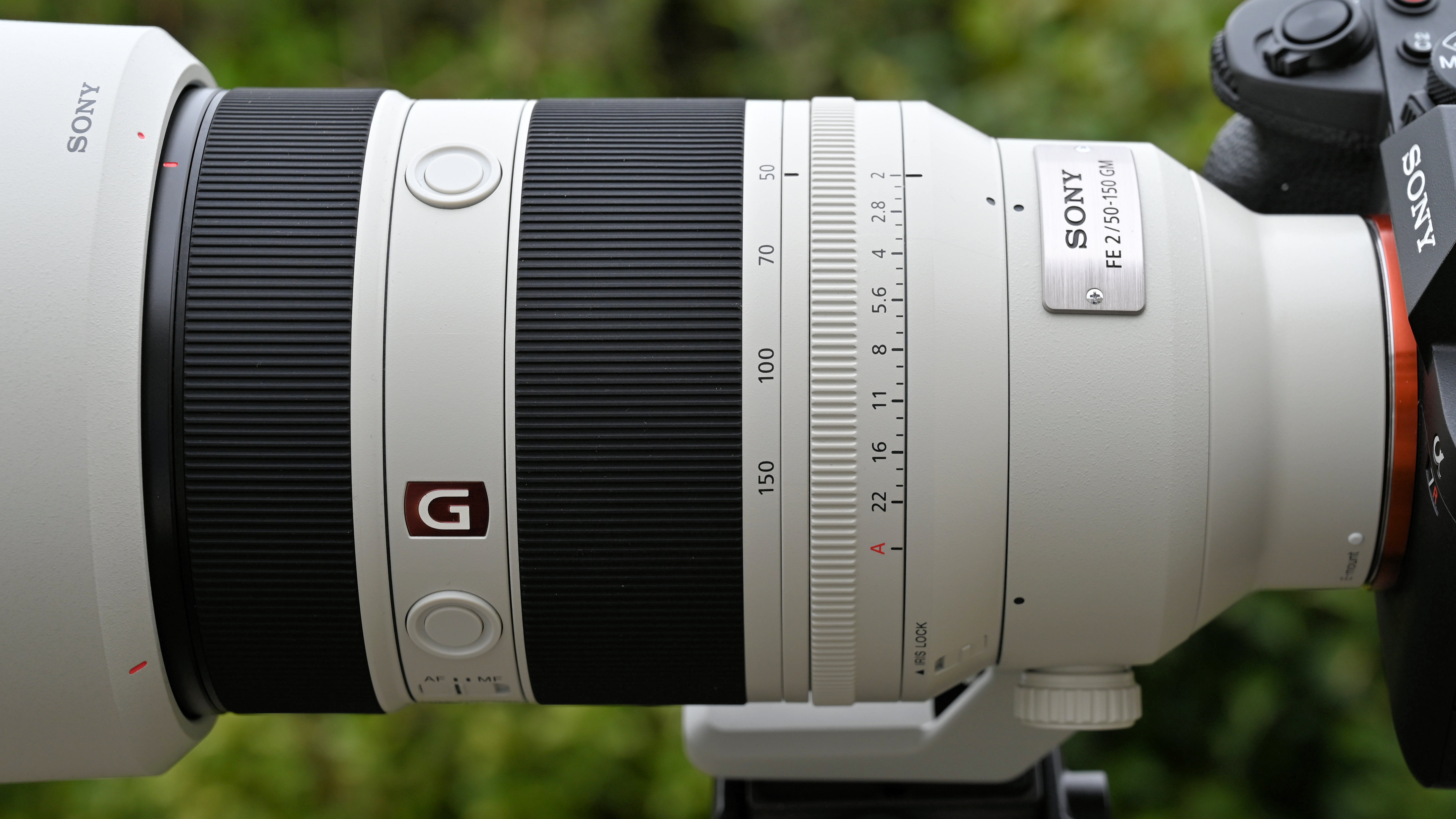
The metal mounting plate features a weather-seal ring just forward of which is a curved metal plaque bearing the lens’s name. That’s actually mounted to an integral tripod mounting collar, which has a lock/release knob and markers at 90-degree intervals. The mounting foot is quickly and easily removable and, once removed, leaves behind a low-profile stubby protrusion. You might be disappointed that the collar isn’t completely removable but the stub is so small that it hardly affects handling or stowage size in the slightest.
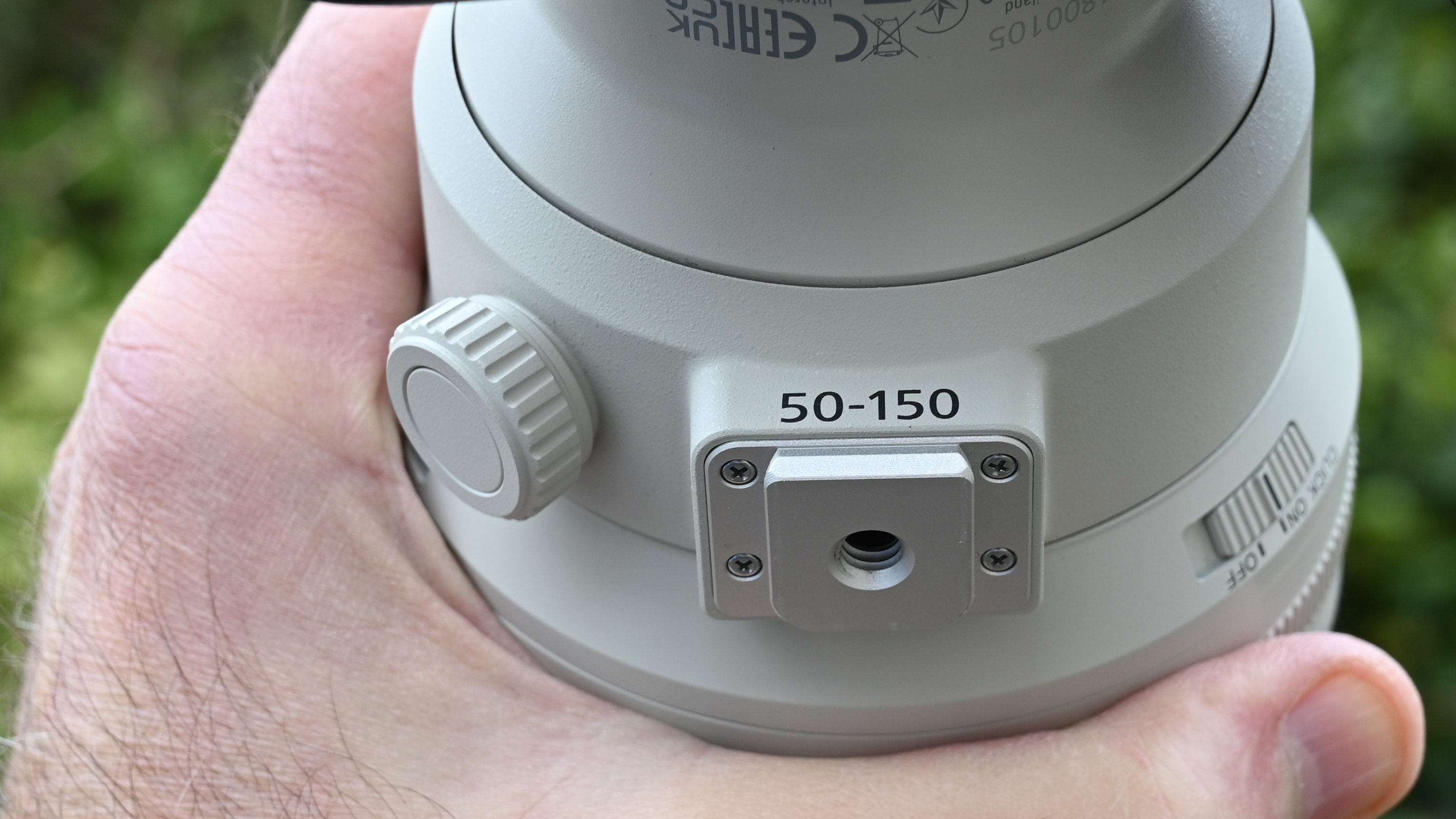
Next up is the aperture control ring, which is clearly marked in one-third f/stop increments throughout the entire aperture range of f/2 to f/22. Just beyond f/22 is the ‘A’ (Auto) position marked in red, for controlling the aperture from the host camera body.
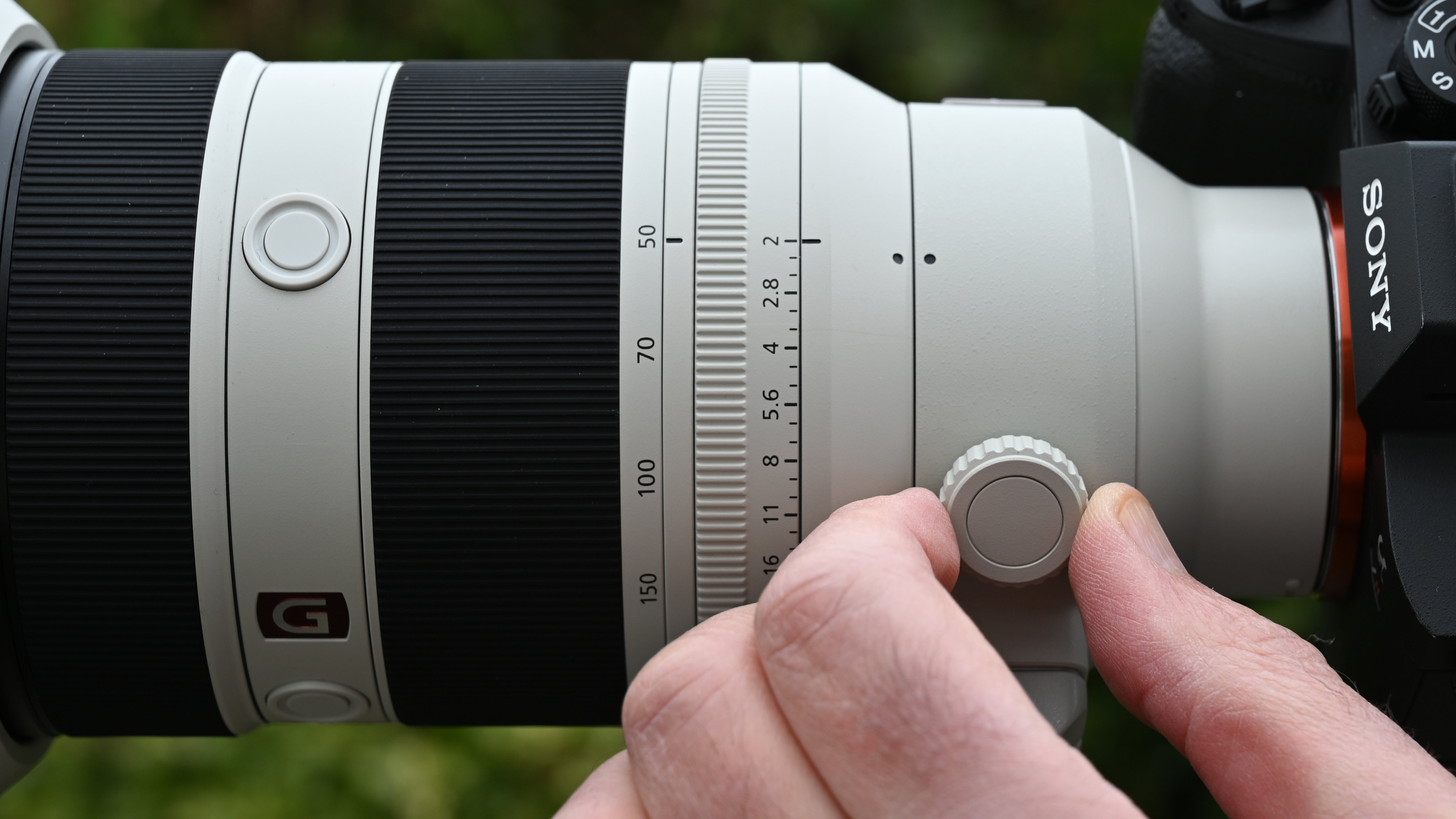
I like that on the left hand side of the barrel is an Iris Lock switch to avoid any accidental nudging. I also like that there’s a click/de-click switch on the right hand side, making the aperture ring entirely suitable for stills and video shooting respectively.
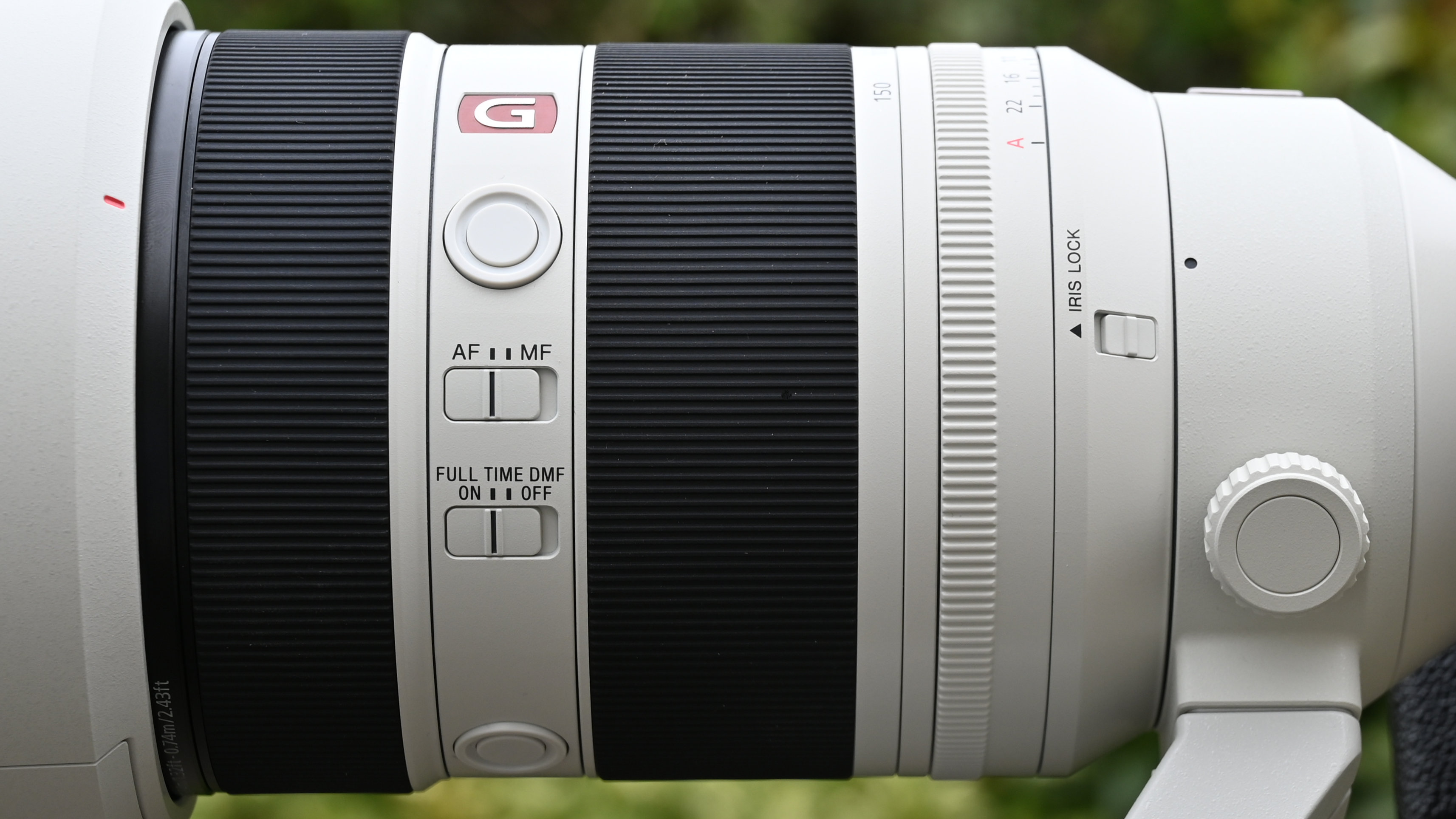
Moving on forward again, there’s the zoom ring which is marked at 50mm, 70mm, 100mm and 150mm focal lengths. It operates with a wonderfully smooth action and the zoom mechanism as well as focusing is fully internal, so the front element neither extends nor rotates with any adjustments.
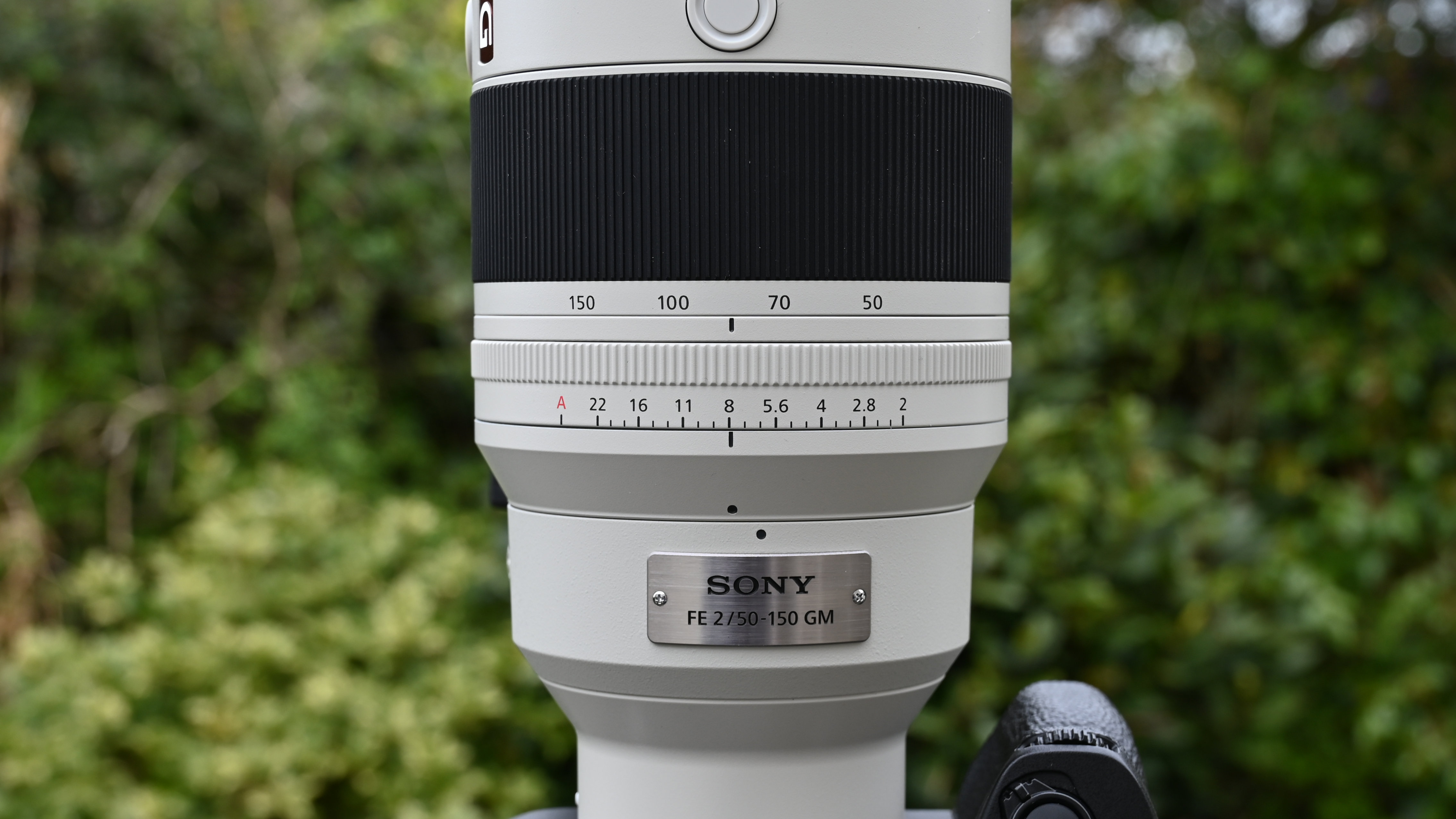
Just in front of the zoom ring are three pushbuttons at 12 o’clock, 6 o’clock and 9 o’clock positions around the barrel. They’re typically used for AF-on or AF-lock, but can be customized to take on other functions, via in-camera menus. Either way, they fall neatly under the thumb in landscape orientation and portrait orientation shooting, the latter when rotating the lens either clockwise or anticlockwise.
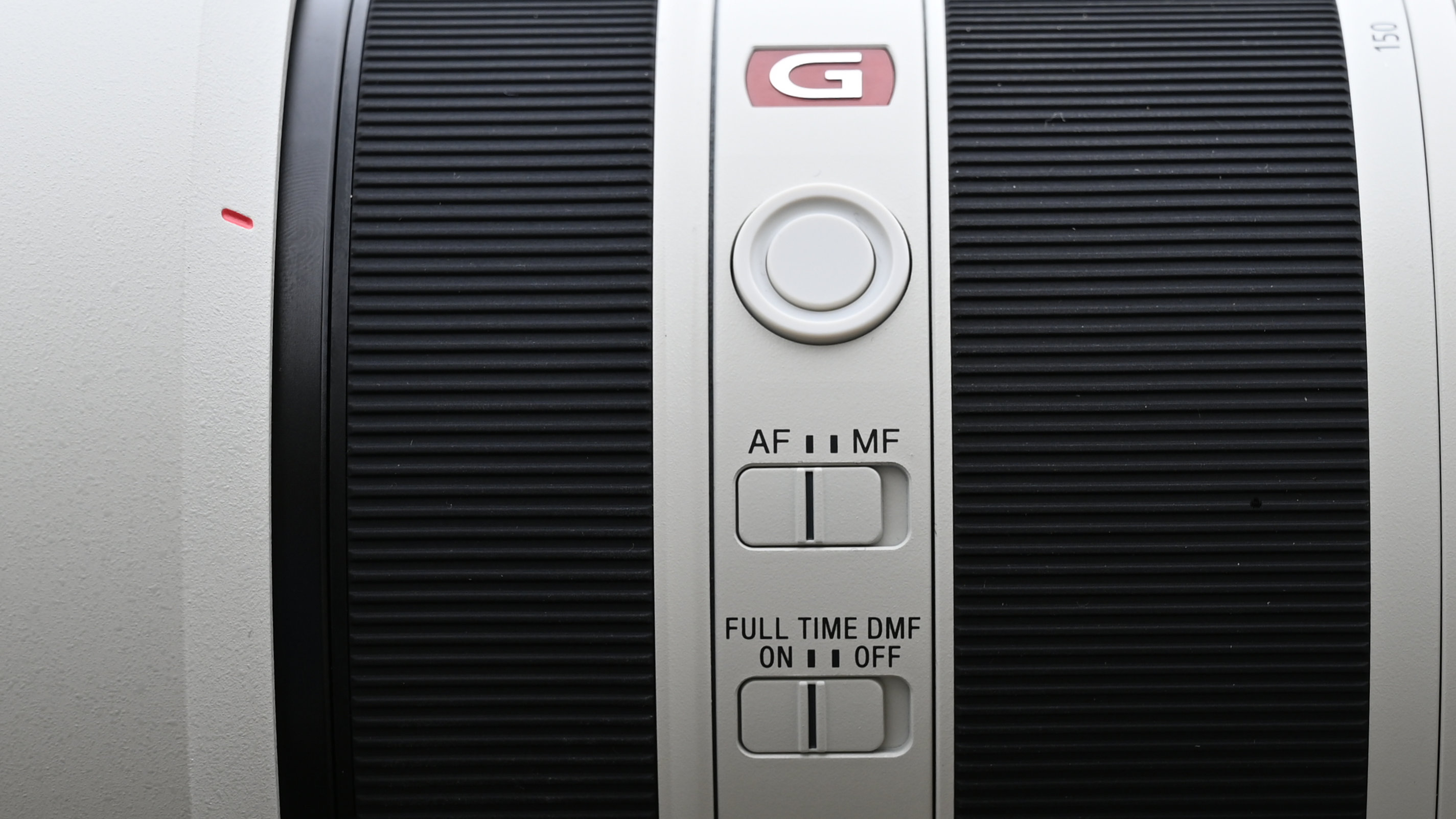
Up at the front, there’s an electronically coupled manual focus ring, which again works with smooth precision. The zoom and focus rings have a black textured coating that feels nice and grippy. The rest of the lens is finished in white, which is often the case with big lenses to reduce the build-up of heat when shooting under the sun. The front element of the lens has a moisture/grease-repellant fluorine coating. It also has a large diameter, as signified by the oversized 95mm filter attachment thread.
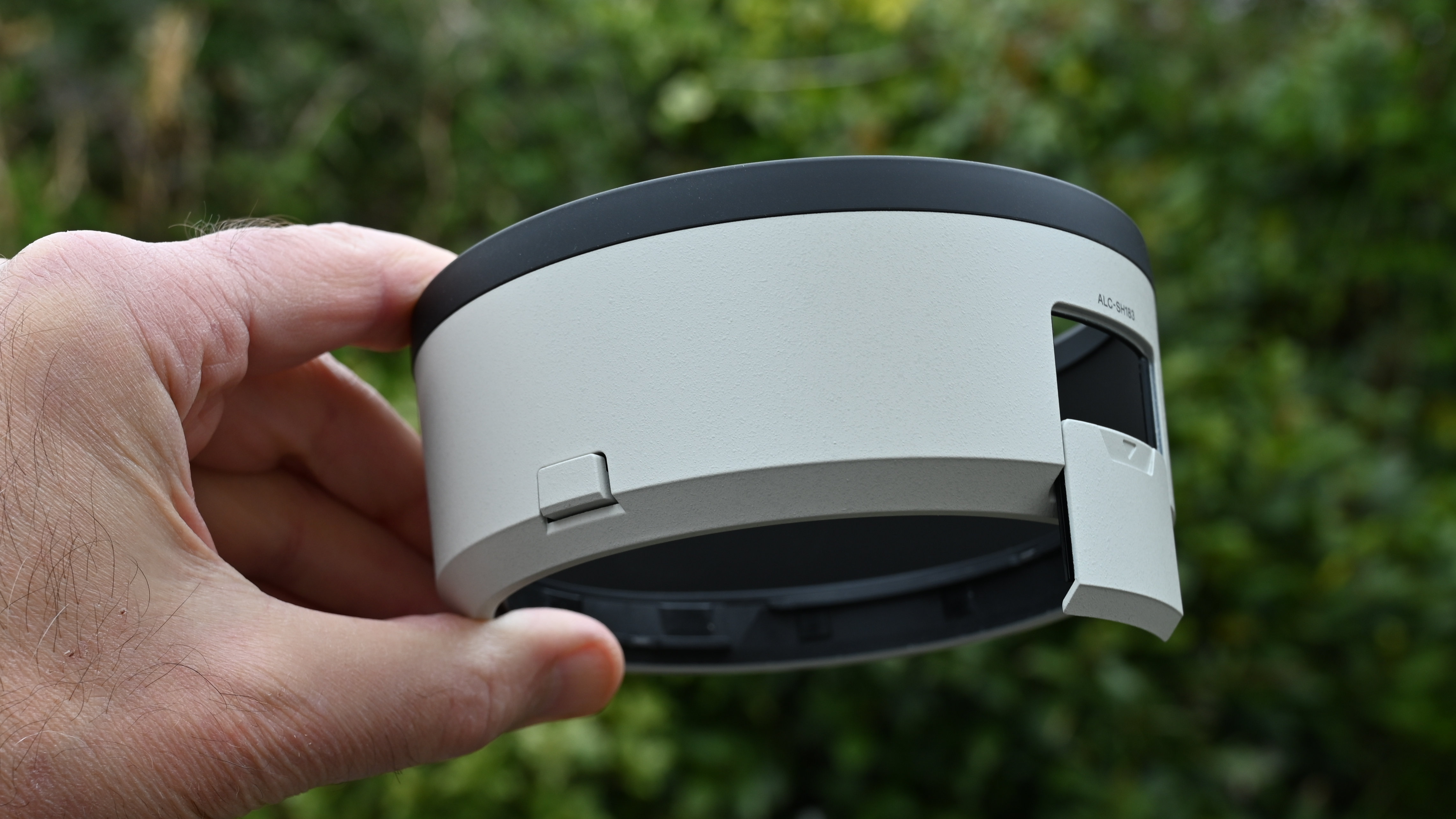
The supplied hood follows the white color scheme of the lens, although it naturally has an anti-reflective black finish on its inner surface. The hood has a circular profile and a lock release button as well as a sliding panel to enable access to rotational filters, like circular polarizers.
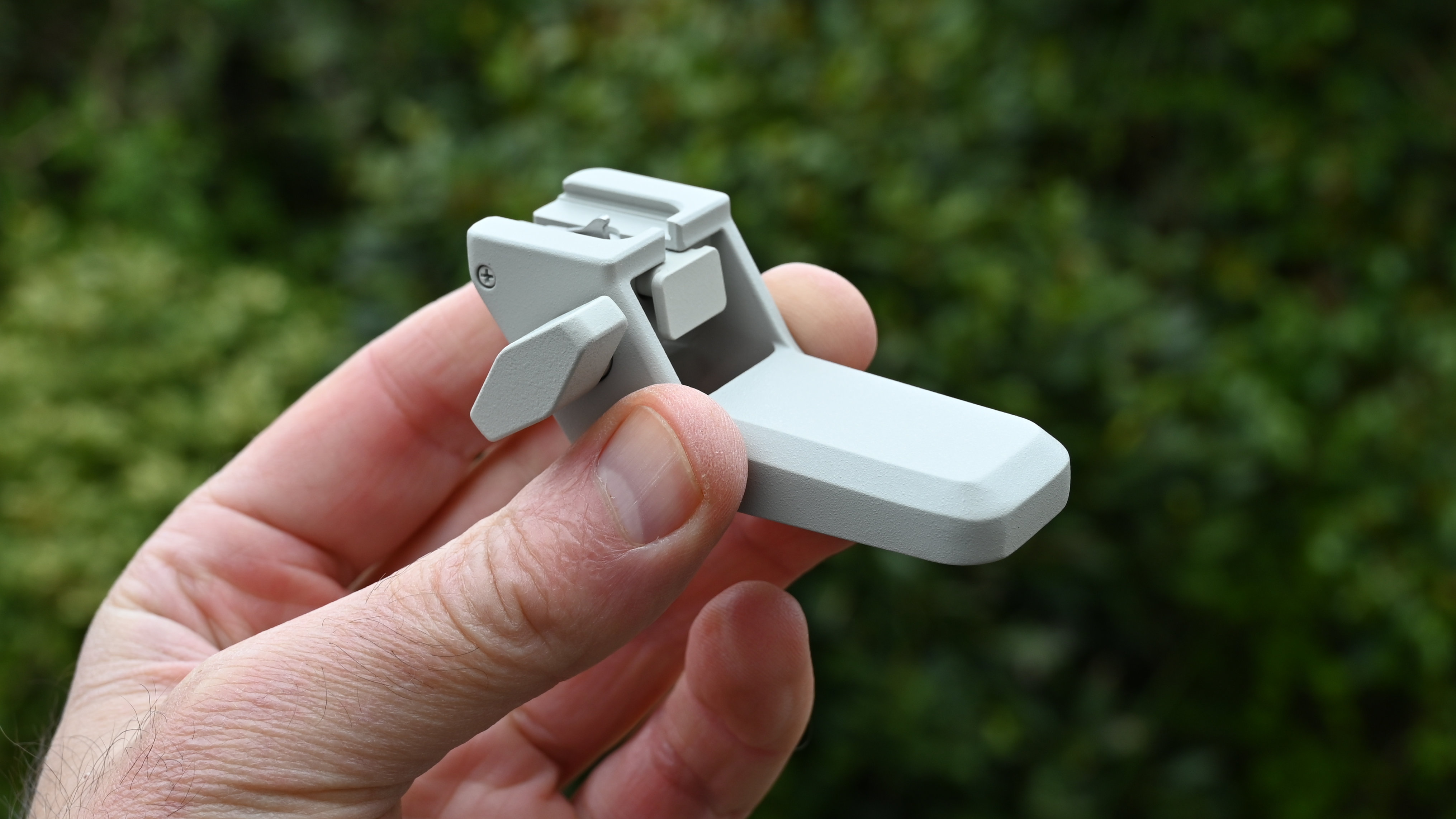
Sony FE 50-150mm f/2 G Master: Performance
Let’s kick off with autofocus performance. It’s based on a powerful XD linear motor and pretty much snaps into place when shooting stills. It’s also highly adept at tracking moving subjects and works a treat with the advanced subject recognition and tracking facilities of the Sony A7R V, with which I tested the lens. The lens lacks an optical image stabilizer but, despite being a telephoto zoom, I found that the camera’s IBIS (In-Body Image Stabilization) was pretty effective.
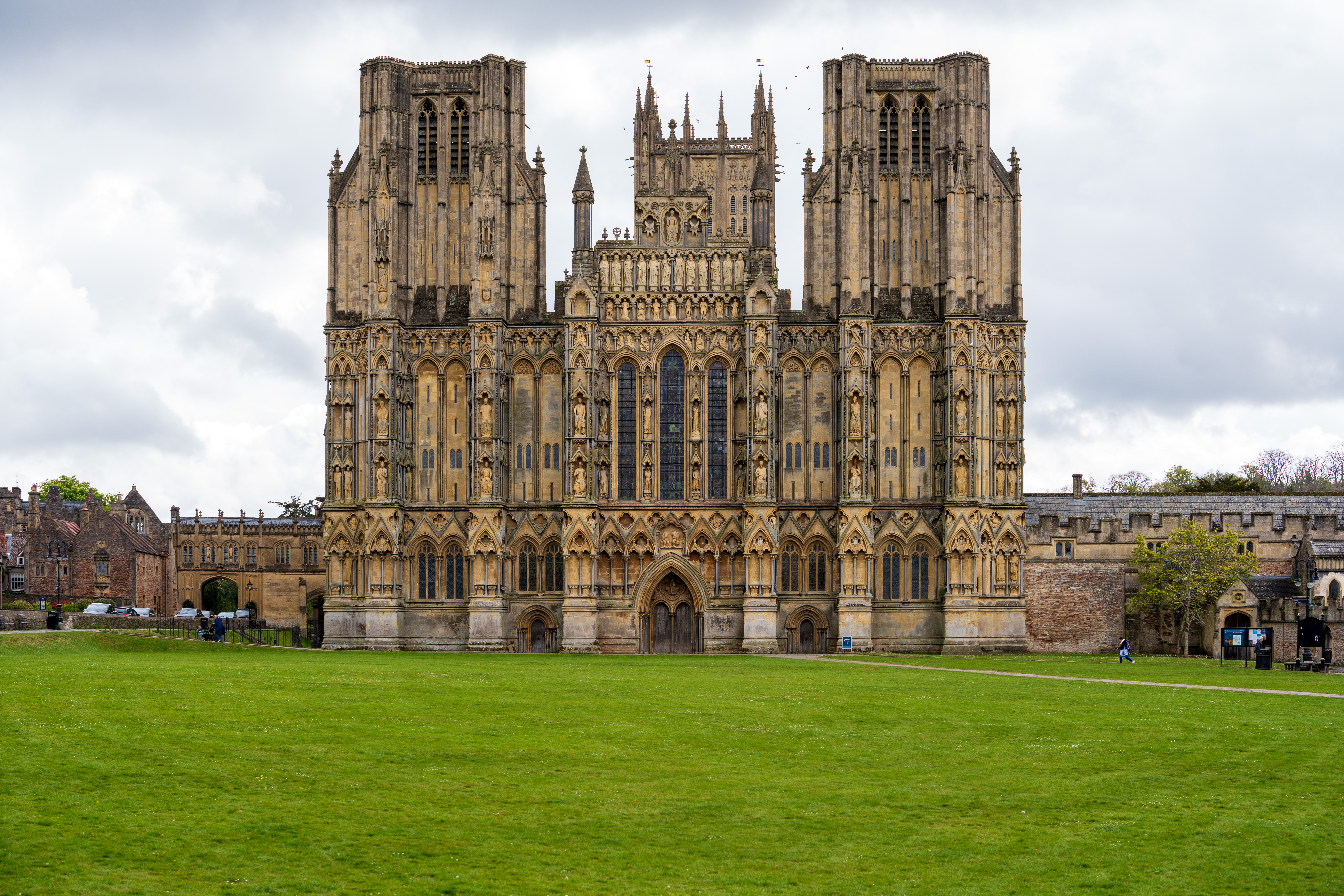
The images above and below demonstrate the difference in viewing angle between the shortest and longest zoom setting. Note that lens is ultra-sharp at both extremities of the zoom range. Clarity and contrast are excellent, despite the dull and overcast lighting conditions.
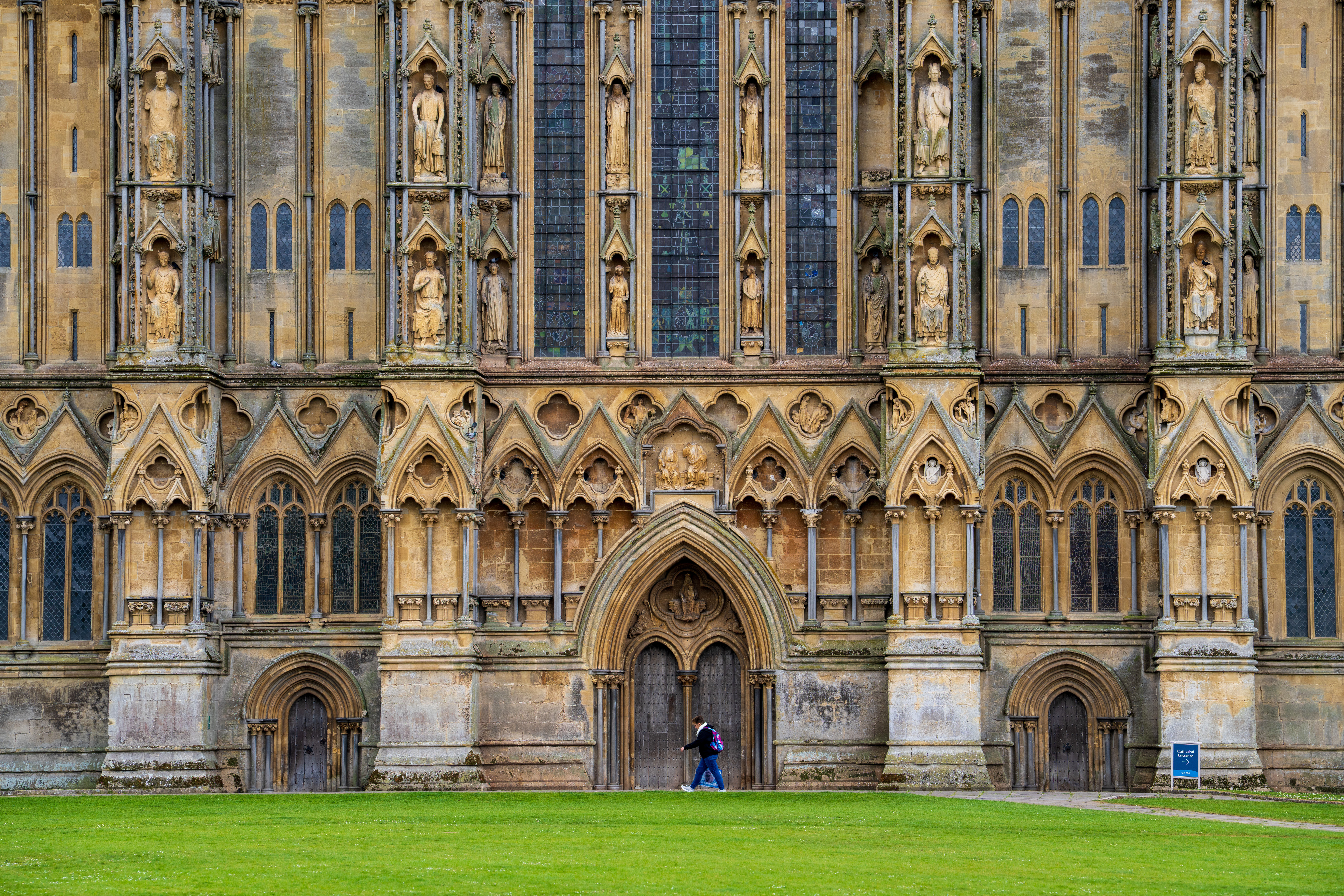
The A7R V is renowned for being an ultra-high-resolution full-frame camera, with its 61-megapixel image sensor. That puts big demands on the resolving power of even the best prime lenses in Sony’s stable, let alone zoom lenses. During testing, I found that the FE 50-150mm was scary-sharp throughout its entire zoom range, even when shooting wide-open at f/2.
Typical of G Master lenses, the FE 50-150mm utilizes top-end, ultra-high-precision XA (eXtreme Aspherical) glass elements which are difficult and expensive to manufacture. In this case, there are two of them. They’re joined by a pair of Super ED (Extra-low Dispersion) specialist elements, aiming to optimize sharpness, clarity and color quality while minimizing unwanted aberrations. Sure enough, clarity and color are absolutely top-drawer, while color fringing is negligible.

A key performance factor of any ‘fast’ lens is the quality of its bokeh. That’s especially true of a lens with this sort of range of focal lengths, which is ideal for portraiture. I found that bokeh was sumptuously smooth when shooting wide-open at f/2, and remained of excellent quality when stopping down a little. The transition between focused and defocused areas looks really natural, and there’s no axial chromatic aberration (or bokeh fringing) to speak of. All in all, performance is simply fabulous.

Sony FE 50-150mm f/2 G Master: Sample Images
The following gallery of example shots were mostly taken at the medieval Bishop’s Palace & 14-acre gardens in the UK’s Somerset city of Wells. There are also a couple of portraits of two of my grandkids taken in my back yard, and of ‘Gengie’, the pet cat of some close friends (although I think he actually owns them). I’ve majored on shooting at the widest available aperture of f/2, which to me is the main selling point of the lens and what sets it apart from mainstream ‘trinity’ zoom lenses.














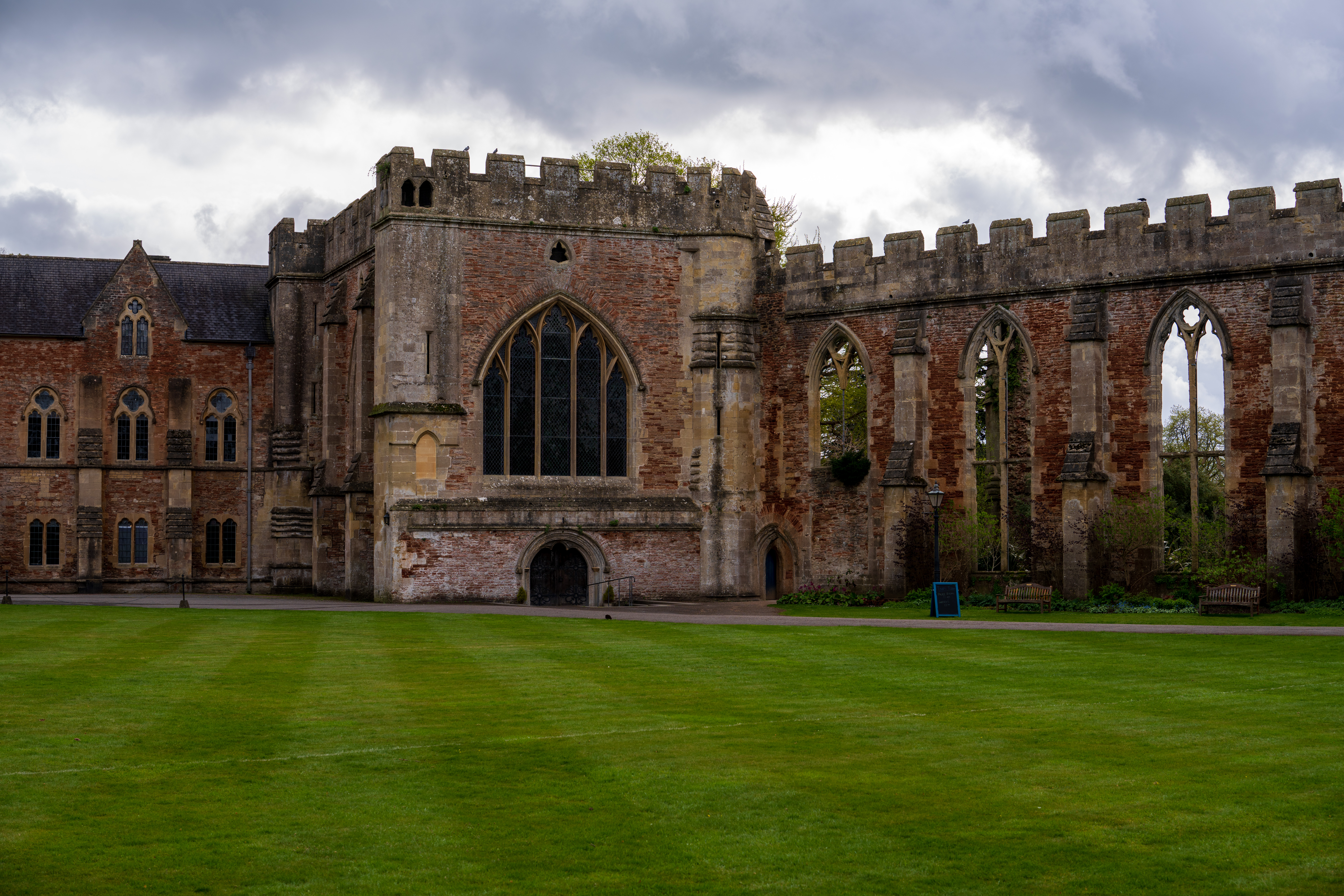
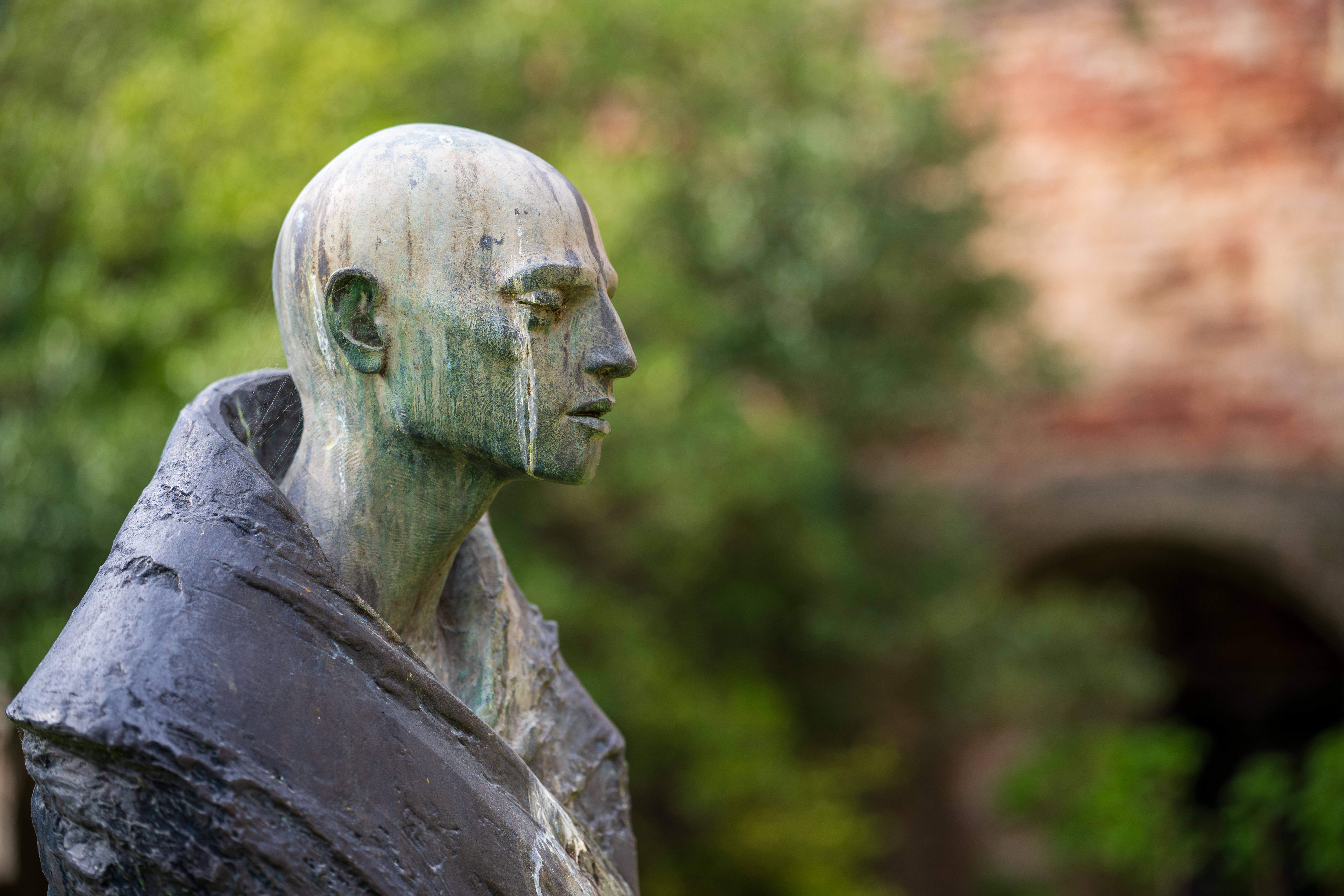
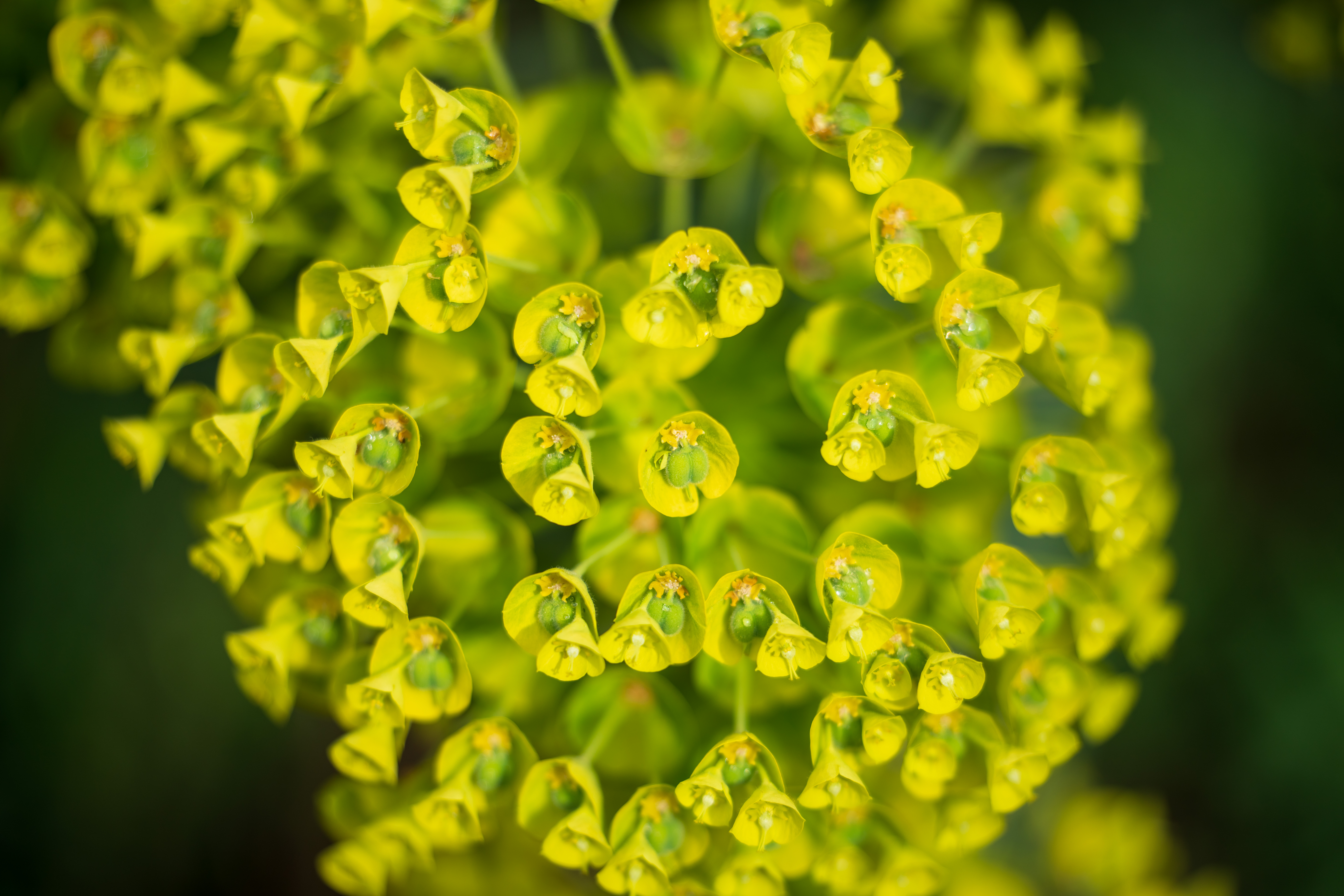
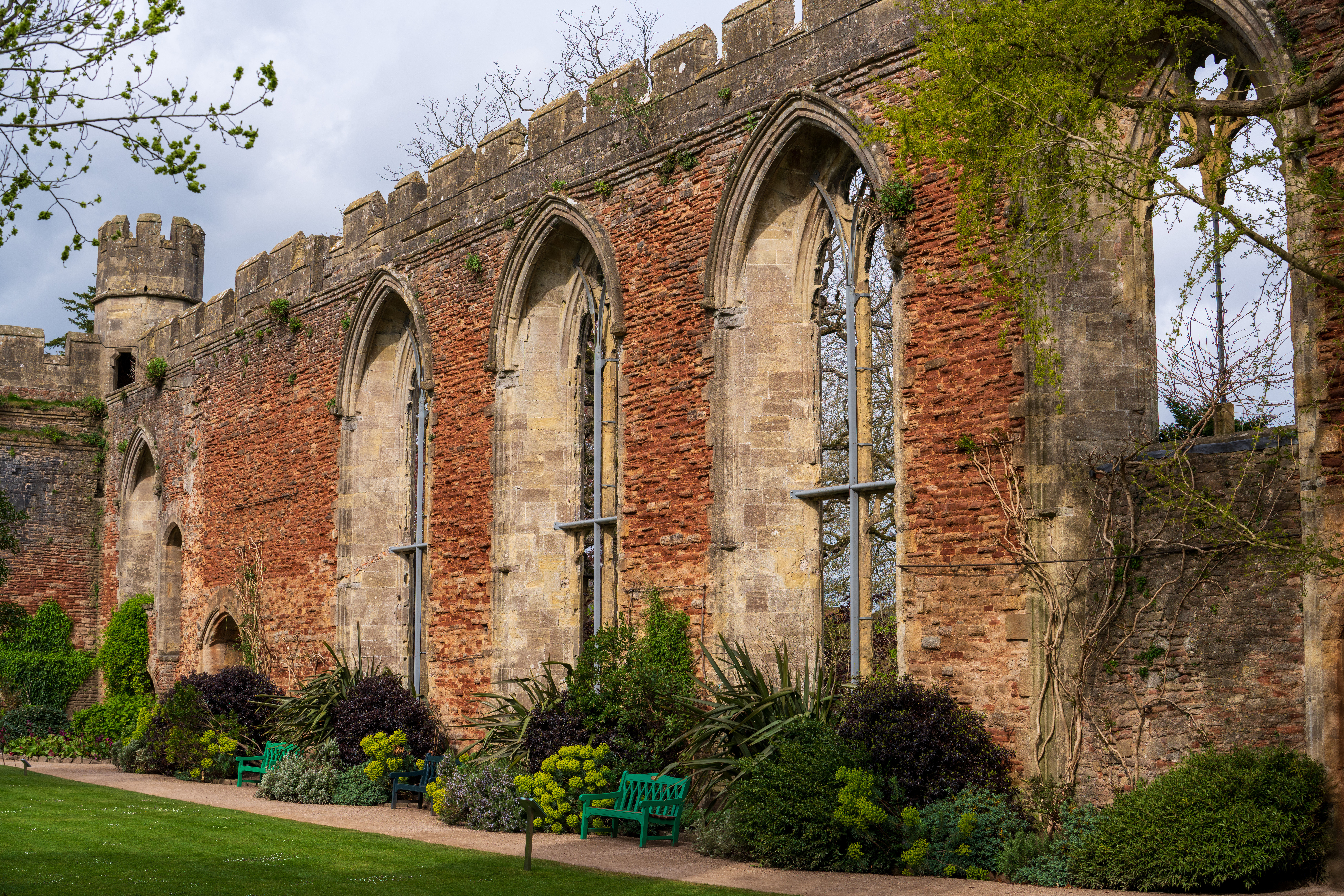

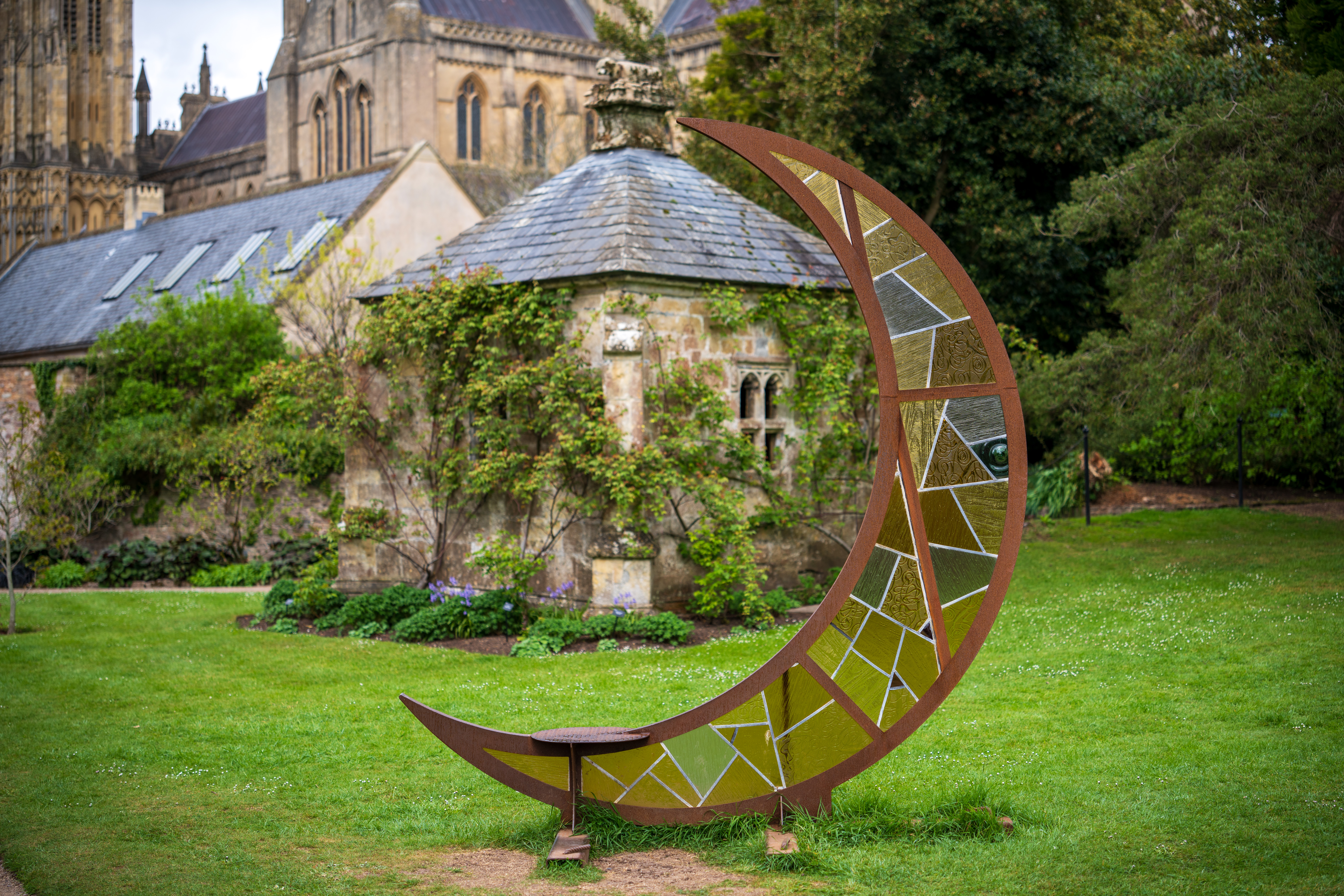


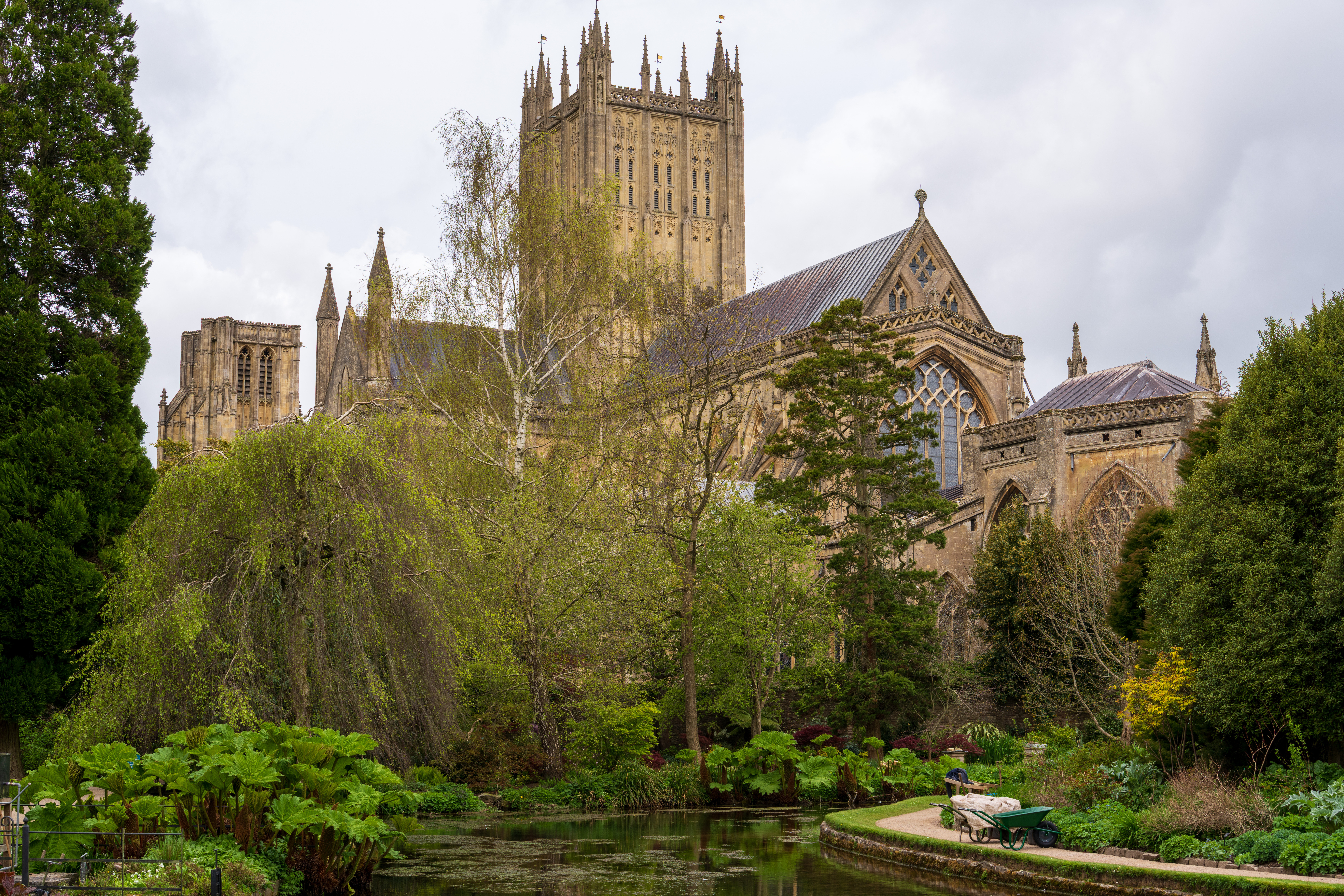






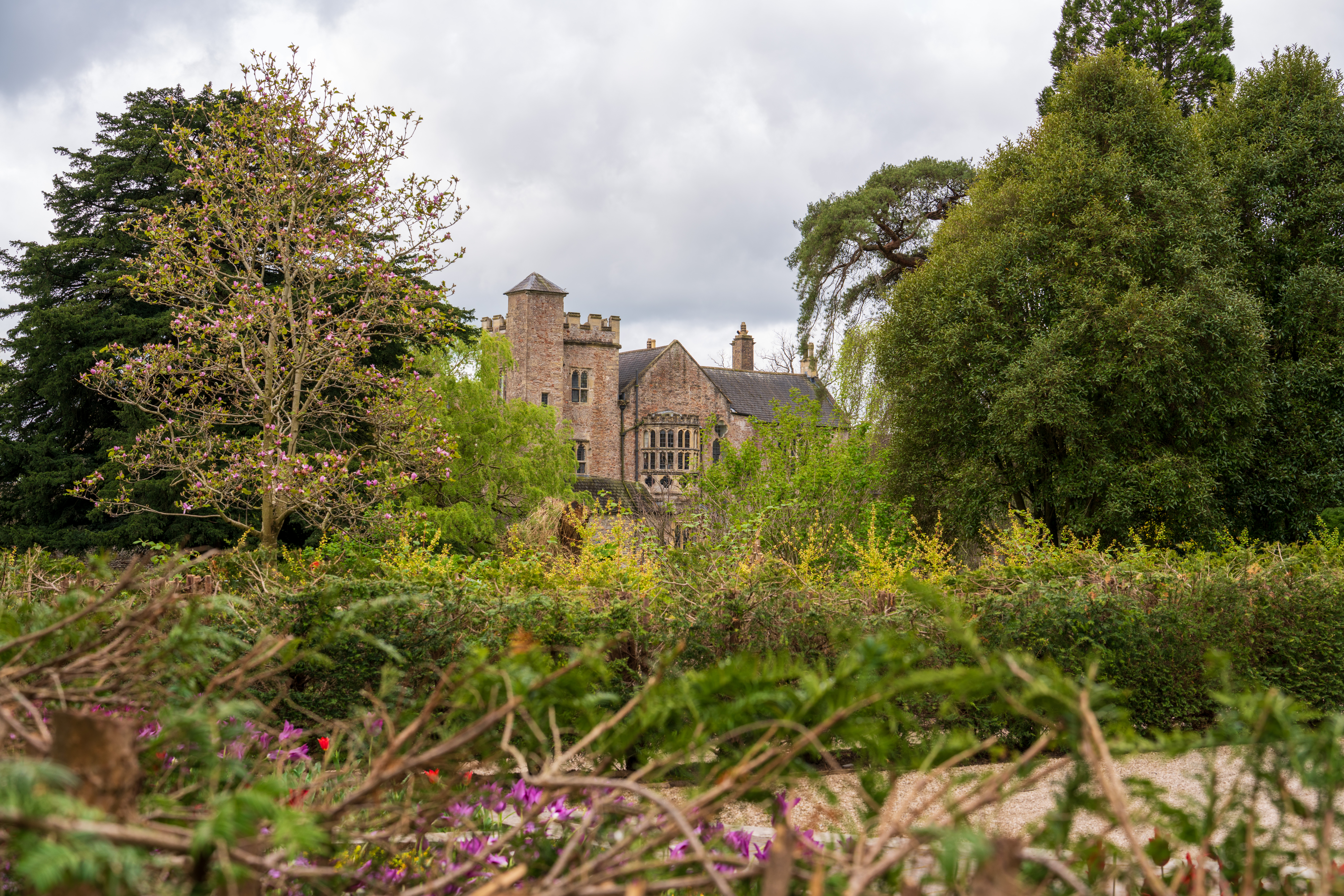


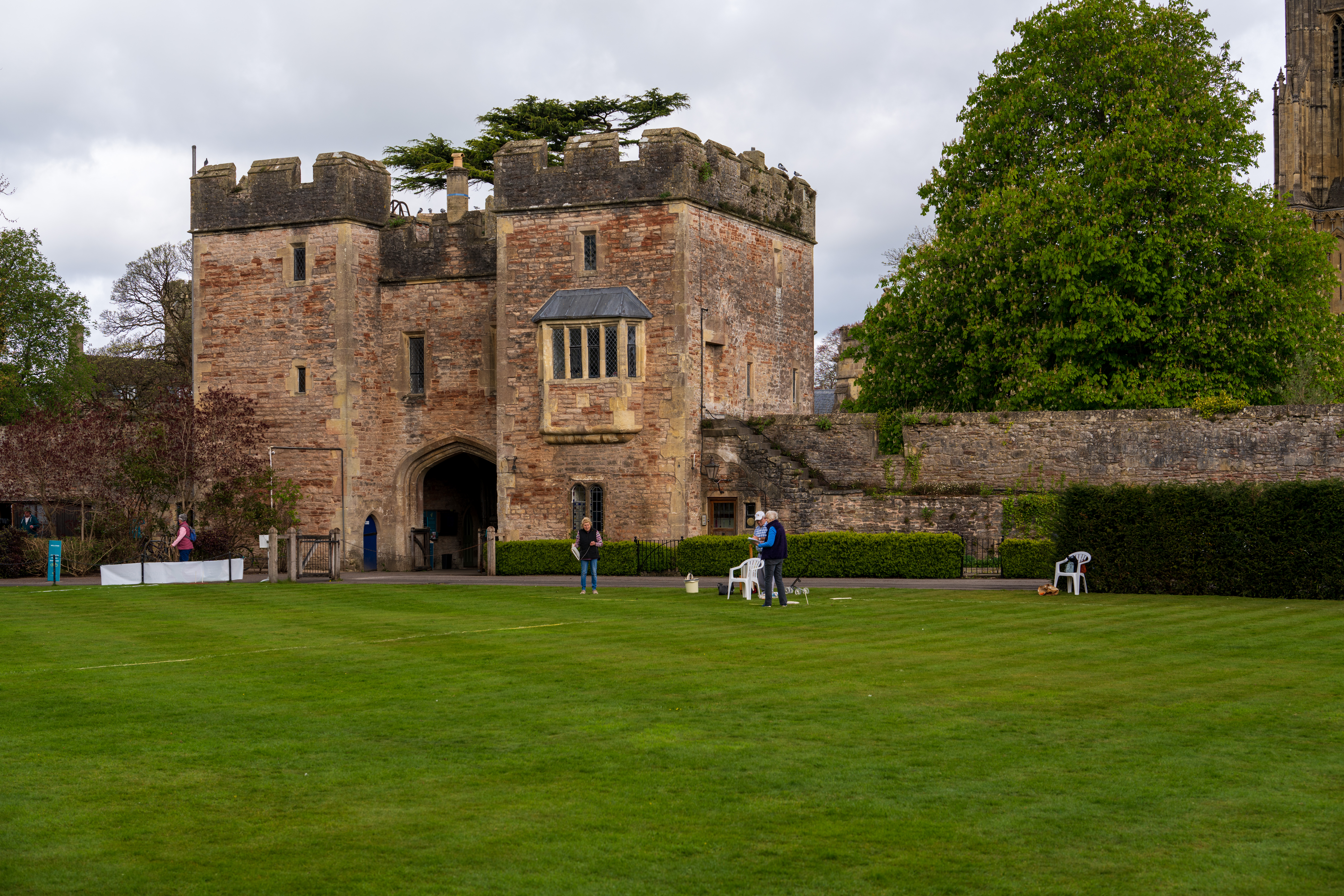
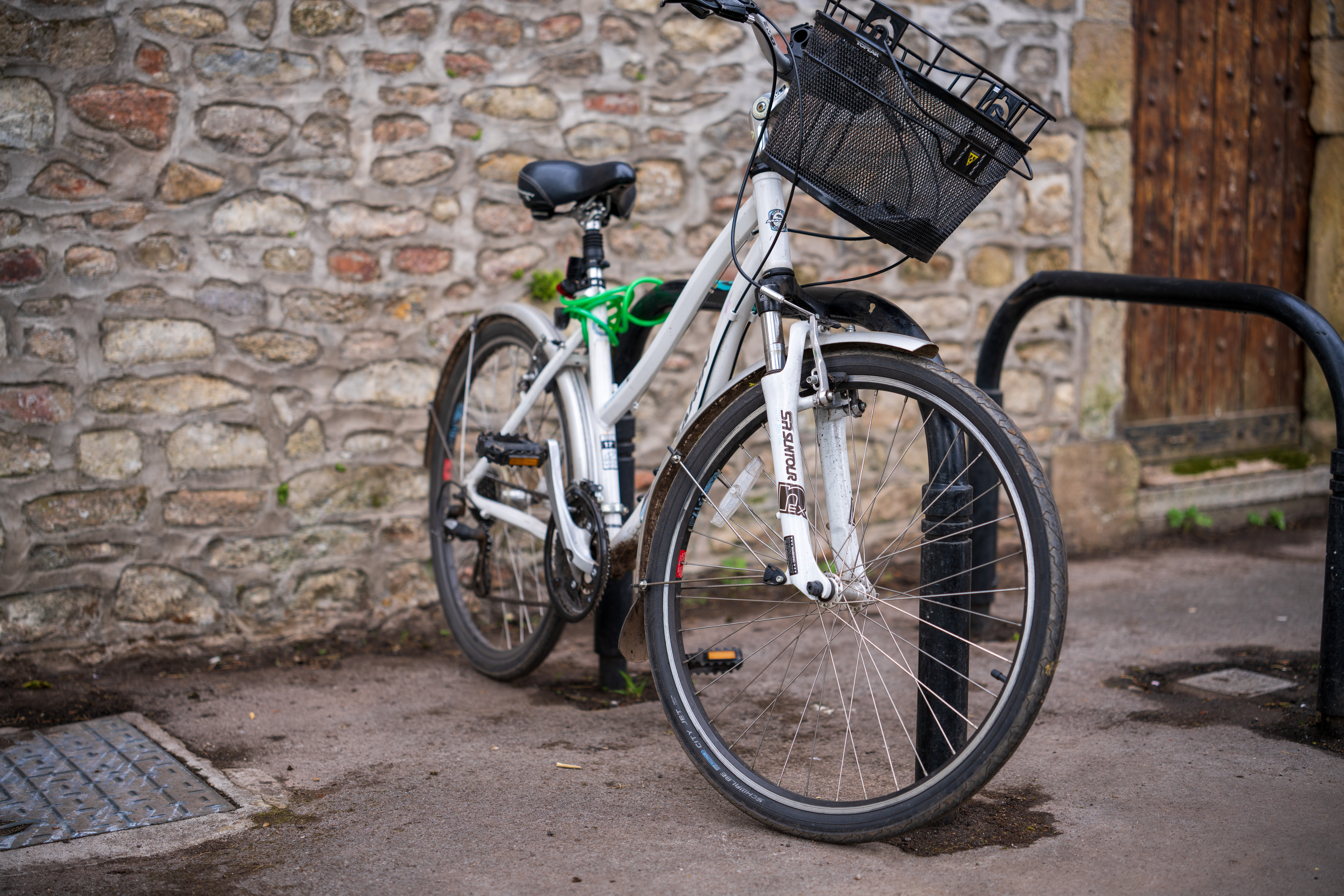

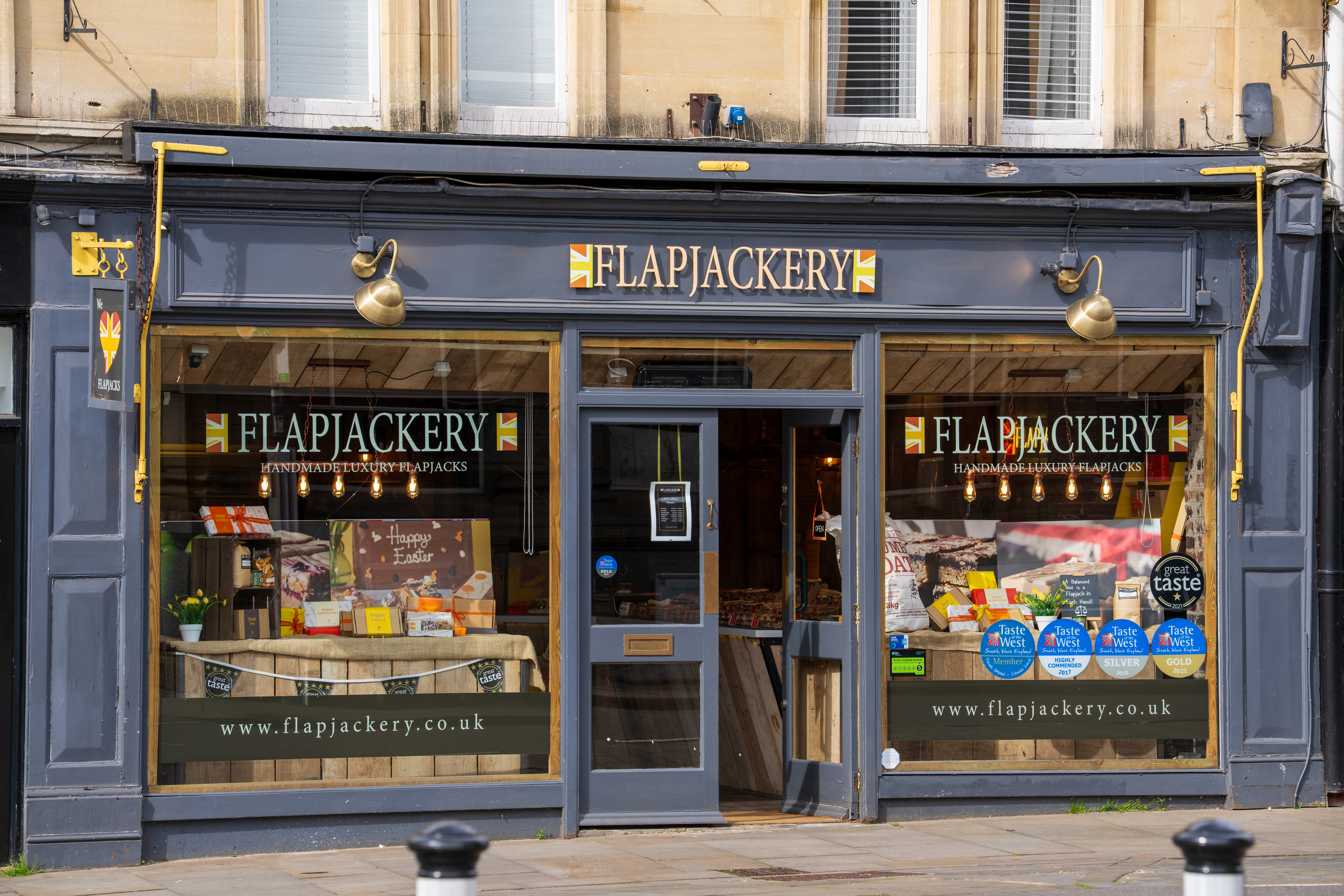
Sony FE 50-150mm f/2 G Master: Lab Results
We run a range of lab tests under controlled conditions, using the Imatest Master testing suite. Photos of test charts are taken across the range of apertures and zooms (where available), then analyzed for sharpness, distortion and chromatic aberrations.
We use Imatest SFR (spatial frequency response) charts and analysis software to plot lens resolution at the center of the image frame, corners and mid-point distances, across the range of aperture settings and, with zoom lenses, at four different focal lengths. The tests also measure distortion and color fringing (chromatic aberration).
Sharpness
Sharpness is simply stellar. The FE 50-150mm is one of the sharpest lenses I’ve ever seen, and that includes primes as well as zooms. Moreover, sharpness is superb throughout the entire zoom range and across the whole image frame, right out to the extreme edges and corners. Corner-sharpness drops off a little at the longest zoom setting but is still excellent.
Fringing
As with the smaller, companion Sony FE 28-70mm f/2 G Master lens, color fringing is absolutely negligible. That includes axial chromatic aberration (bokeh fringing) across the whole image frame at the widest aperture, and lateral chromatic aberration towards the edges and corners, throughout the whole aperture range.
Distortion
There’s noticeable barrel distortion at 50mm and a similar degree of pincushion in the 100-150mm sector of the zoom range, but it’s easily within the remit of automatic in-camera correction.
Sony FE 50-150mm f/2 G Master: Verdict
I think the Sony FE 50-150mm f/2 G Master is a phenomenal lens. All aspects of image quality are spectacular, autofocus is super-fast, handling is superb and build quality is excellent. All in all, it’s an absolutely terrific lens. Would I buy one? Sadly not. It’s just too expensive for me to justify the outlay. So it’ll remain on my wish list and I’ll carry on with a more modestly priced zoom and a couple of even faster primes, which are also more compact and lightweight to shoot with, even if it means switching between different lenses on my camera body.
Features ★★★★★ | Killer features are the combination of 50-150mm zoom range with a fast and constant f/2 aperture, along with plenty of handling exotica. |
Design ★★★★★ | It’s a necessarily large and hefty lens, but the design is superb with plenty of clever flourishes and excellent build quality. |
Performance ★★★★★ | Performance is absolutely fabulous, from fast and consistently accurate autofocus to all aspects of image quality. |
Value ★★★★☆ | The bottom line, financially at least, is that it’s a massively expensive lens but it’s still pretty good value, all things considered. |
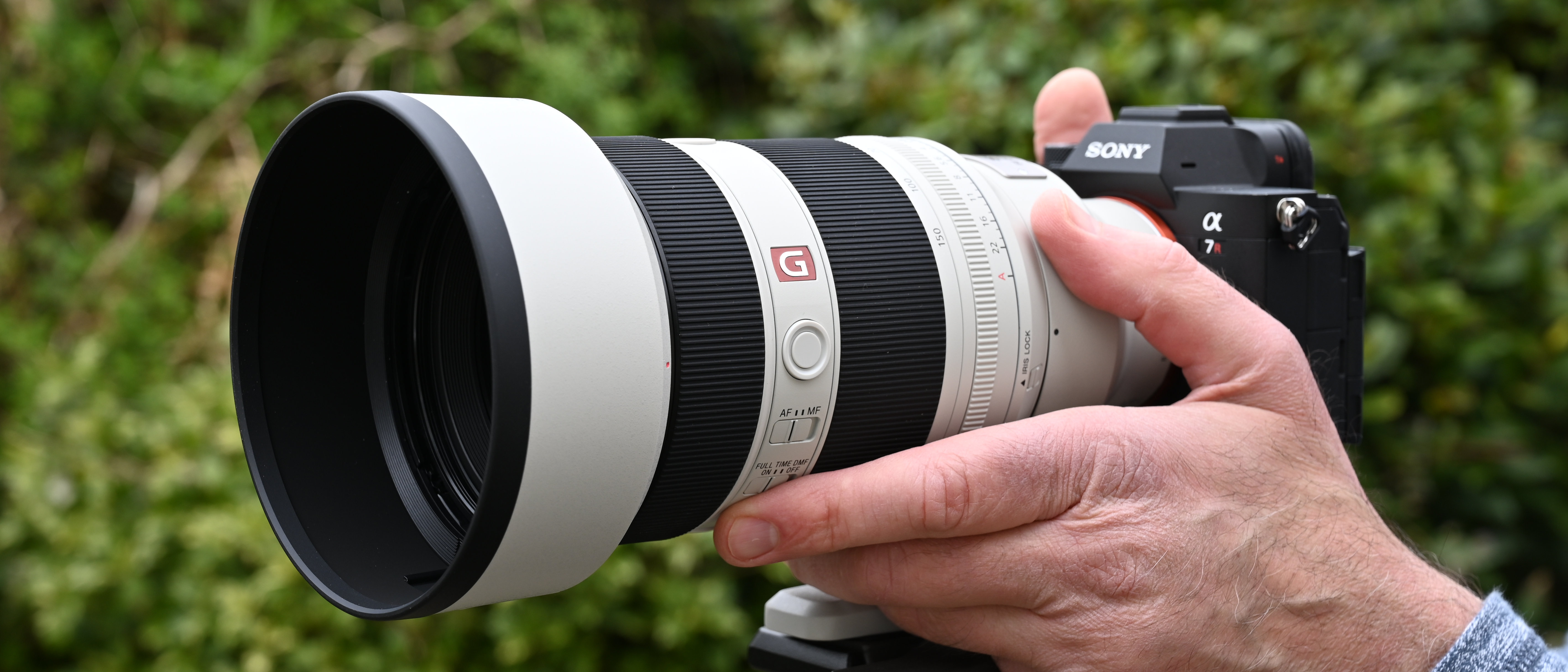
Alternatives
The Tamron 35-150mm f/2-2.8 Di III VXD for Sony E mount and Nikon Z mount mirrorless cameras matches the Sony at f/2 at the short end, while also having a larger overall zoom range, bringing wide-angle coverage to the party. It’s much more affordable at around $1,799 / £1,699.
Fancy something fairly similar for your Canon or Nikon APS-C format DSLR? Take a look at the Sigma 50-100mm f/1.8 DC HSM | A, which has an even faster f/1.8 constant aperture rating. It gives an ‘effective’ 80-160mm zoom range on Canon DSLRs, 75-150mm for Nikon and costs around $1,099 / £999.
Matthew Richards is a photographer and journalist who has spent years using and reviewing all manner of photo gear. He is Digital Camera World's principal lens reviewer – and has tested more primes and zooms than most people have had hot dinners!
His expertise with equipment doesn’t end there, though. He is also an encyclopedia when it comes to all manner of cameras, camera holsters and bags, flashguns, tripods and heads, printers, papers and inks, and just about anything imaging-related.
In an earlier life he was a broadcast engineer at the BBC, as well as a former editor of PC Guide.
You must confirm your public display name before commenting
Please logout and then login again, you will then be prompted to enter your display name.

